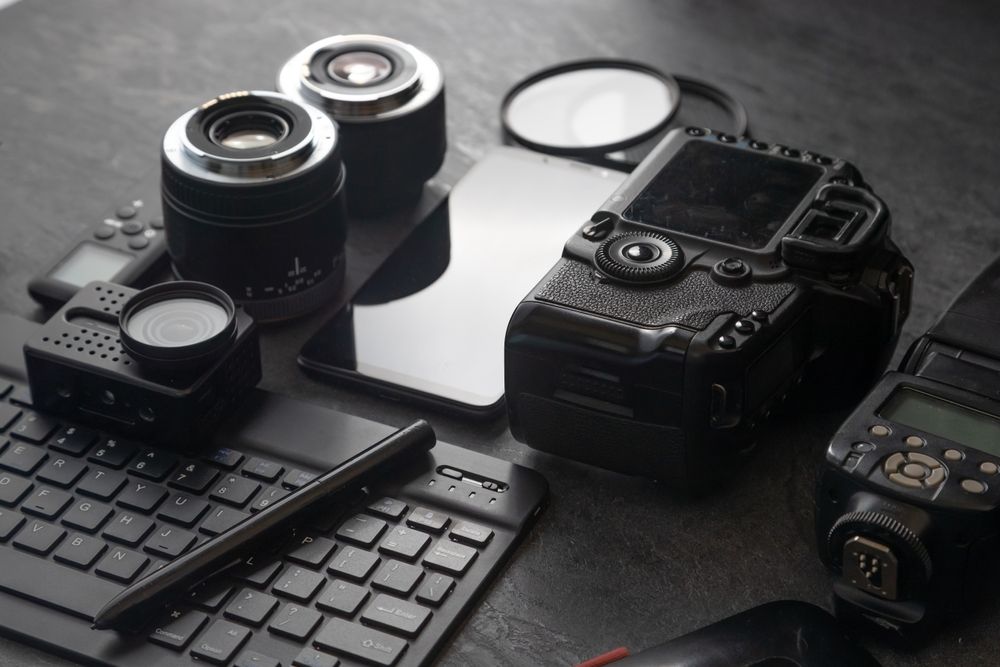Deciphering Your Riding Style
Embarking on the journey to purchase a bicycle begins with a critical assessment of your intended riding style. This is pivotal, as the cycling world is diverse, encompassing everything from serene road rides to adrenaline-pumping mountain biking adventures. Identifying whether you'll primarily be gliding on smooth pavements, tackling rugged trails, or seeking a versatile option for mixed terrains, will significantly narrow down your choices. Road bikes are engineered for speed and efficiency on asphalt, mountain bikes are built to withstand the demands of off-road trails, and hybrid bikes offer a middle ground, suitable for a bit of both. Understanding where your cycling ambitions lie is the first step towards finding your ideal two-wheeled companion.
Understanding Bike Components and Materials
The heart of any bicycle is its frame, which influences both performance and comfort. Frames are typically made from materials like aluminum, carbon fiber, steel, or titanium, each offering different benefits in terms of weight, durability, ride quality, and cost. Aluminum frames are light and stiff, making them great for speed but sometimes harsh on rough surfaces. Carbon fiber offers a superb blend of lightness and strength, with vibration-absorbing properties for a smoother ride, but at a higher price point. Steel is renowned for its durability and comfortable ride quality, whereas titanium combines the best features of both steel and carbon fiber, albeit at a premium. Equally important are the components, such as the drivetrain, brakes, and suspension, which affect the bike's overall performance and maintenance needs.
Sizing and Fit: Ensuring Comfort and Efficiency
One of the most crucial aspects of selecting a new bicycle is ensuring it fits you properly. An incorrectly sized bike can lead to discomfort, inefficiency, and even injury over time. Bike sizing generally considers the rider's height and inseam length, but the ideal fit also involves adjusting the seat height, handlebar height, and reach to ensure a comfortable and efficient riding posture. It's highly recommended to get professionally fitted at a bike shop where experts can tailor the bike's setup to your body's dimensions and riding style. This personalized adjustment ensures that your cycling experience is both enjoyable and ergonomically sound, allowing for longer rides with less fatigue.
Road Biking: Speed and Endurance
For those drawn to the efficiency and speed of cycling on paved surfaces, road bikes are designed with aerodynamics and lightweight construction in mind. Characterized by their skinny tires, drop handlebars, and sleek frames, road bikes are ideal for long-distance rides, commuting, and racing. When selecting a road bike, consider the type of road cycling you’ll be doing. Endurance bikes offer a more comfortable upright position and are equipped to handle longer rides with ease, while race bikes prioritize aerodynamics and stiffness for speed. Additionally, consider the gearing options that best match your local terrain, whether it's flat lands or hilly areas, to ensure a satisfying riding experience.

Mountain Biking: Conquering Rough Terrains
Mountain bikes are built to tackle rough, off-road terrains with features like wide, knobby tires, sturdy frames, and robust suspension systems to absorb shocks. Within mountain biking, there are several subcategories, including cross-country, all-mountain, and downhill, each designed for specific types of trails and riding styles. Cross-country bikes are lightweight and efficient for climbing and speed on varied terrains. In contrast, all-mountain and downhill bikes focus on stability and durability for navigating steep descents and technical trails. When choosing a mountain bike, consider the suspension type—hardtail (front suspension only) or full suspension (both front and rear)—based on the roughness of your typical riding trails and your preference for comfort versus control.
Hybrid Bikes: Versatility Across Terrains
Hybrid bikes offer a versatile solution for riders looking for a bicycle that can comfortably handle both paved roads and moderate off-road conditions. With features borrowed from both road and mountain bikes, hybrids provide a balanced experience, making them ideal for commuters, casual riders, and those exploring mixed terrains. They typically have a more upright riding position for comfort, medium-width tires with a slight tread for grip on various surfaces, and often come equipped with mounts for racks and fenders, enhancing their utility. When considering a hybrid, think about the balance of road and off-road riding you'll be doing to choose a model that best fits your needs.
Budgeting and Additional Costs
Setting a budget for your new bicycle is more than just accounting for the initial purchase price; it also involves considering the additional costs associated with cycling. This includes essential gear like helmets, gloves, and appropriate clothing, as well as potential upgrades or customizations to enhance your riding experience. Maintenance costs, such as regular servicing, replacement parts, and potential repairs, should also be factored into your overall budget. High-end bicycles offer better performance and durability but remember that value can also be found in mid-range models that balance quality and cost. Ultimately, your budget should reflect your cycling goals, frequency of use, and the importance of certain features or performance levels to your riding enjoyment.
The Test Ride: A Critical Step
Before finalizing your bicycle purchase, taking a test ride is a critical step to ensure that the bike meets your expectations in terms of fit, comfort, and handling. A test ride allows you to experience how the bike performs under real conditions, providing insights into its responsiveness, gear shifting smoothness, and comfort over different terrains. Most reputable bike shops will allow test rides, offering the chance to compare different models and make an informed decision based on personal experience. Don't hesitate to try several bikes within your chosen category and budget range to find the one that feels right for you, both physically and in terms of riding pleasure.
Making Your Selection: The Path to Cycling Bliss
Armed with knowledge about your riding style, key bike components, sizing and fit, and specific considerations for road, mountain, and hybrid biking, you're well-equipped to make an informed bicycle purchase. Remember to consider your budget comprehensively, including the cost of additional gear and maintenance, and to take advantage of test rides to find your perfect match. Whether you're embarking on high-speed road adventures, exploring rugged trails, or enjoying the versatility of mixed-terrain riding, the right bicycle can significantly enhance your cycling experience. By carefully navigating the world of bicycle buying with these insights, you're on the path to pedaling perfection and the countless joys and benefits of cycling.




